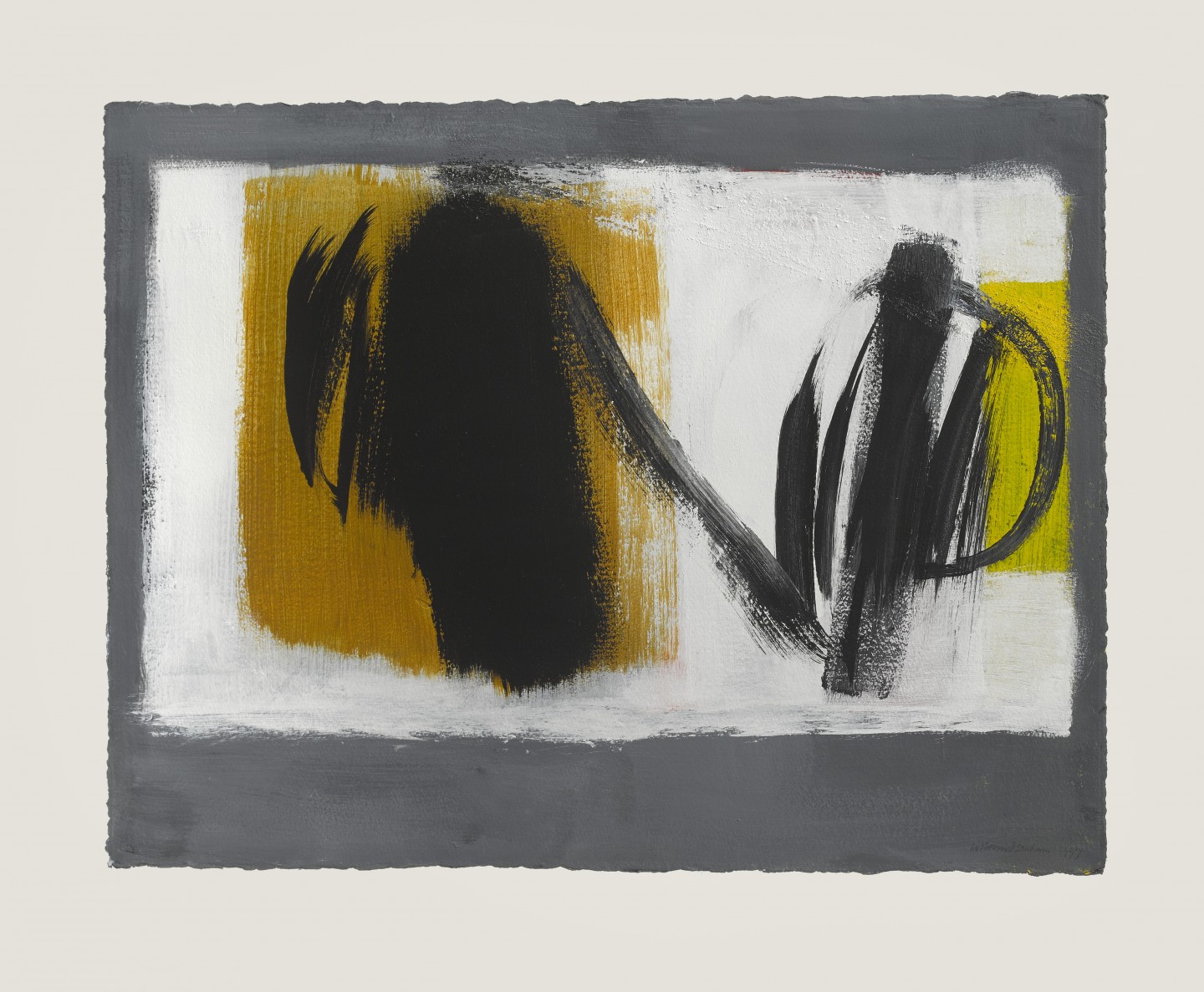DESCRIPTION
The Blue Studio was gifted to the collection by the Barns-Graham Charitable Trust. It is thought to have been painted in the late 1940s, presumably in her studio in St Ives. At this time Barns Graham was experimenting with a number of different approaches to the treatment of form and pictorial space. Here she creates a cubist sense of space, tipping the contents of the studio towards the picture plane and the viewer, emphasizing the flatness of the painted surface. The objects are compositional elements, linked through formal construction, rhythm and colour. Increasingly in her work, objects such as the red table were simplified and abstracted, appearing as independent formal elements, fortelling her future exploration of full abstraction.
DETAILS
-
Artist
Wilhelmina Barns-Graham
-
Date
1947
-
Medium
Oil on canvas
-
Object number
3213
-
Dimensions unframed
91.5 × 122 cm
-
Dimensions framed
101 × 131 × 3.6 cm
-
Subject
-
Copyright
© Wilhelmina Barns-Graham Trust
ARTIST PROFILE
Wilhelmina Barns-Graham CBE HRSA HRSW, 1912-2004
Born in St Andrews, Barns-Graham went against her father’s wishes to study at Edinburgh College of Art in the 1930s. In 1940, on the advice of the principal Hubert Wellington, she travelled to St Ives and settled there, becoming part of the circle which included Ben Nicholson, Barbara Hepworth and Naum Gabo. Visits to the Grindelwald Glacier in Switzerland in 1949 and to Spain in the 1950s were important in the development of her abstract style, key to the St Ives group, although she kept up representational painting throughout her life as well.
In 1960 Barns-Graham inherited a family home in St Andrews and from then on divided her time between the two coastal communities in Scotland and Cornwall. Scotland and its landscape offered new inspiration to Barns-Graham and re-established her presence in the Scottish art scene, where she was one of the few of her generation to favour abstraction. Despite a period of impasse in her mid-career, her later life brought a productive period in which her paintings and screenprints were full of colour and movement, leading to a retrospective of her work at Tate St Ives in 1999. Her contribution to modernism and abstraction in Britain has been increasingly recognised in recent years.





